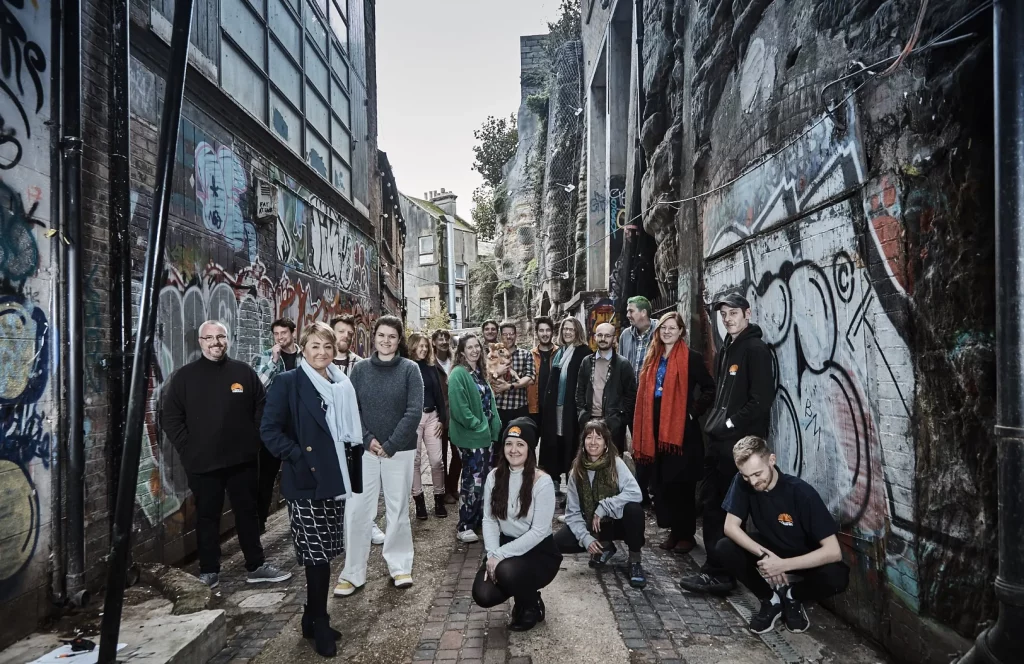Christie Walk in Adelaide is an urban eco-village that shows how city living can be sustainable and community focused. It consists of 14 completed homes, including straw-bale cottages, townhouses, and apartments, with another 13 apartments and a small community hall under construction. Homes are designed for energy and water efficiency, using natural ventilation, passive and active solar heating, roof gardens, and rainwater for toilets and irrigation. Non-toxic and recycled materials, like straw bales, reused bricks, and recycled timber, were used throughout.
The project is funded privately through ethical banks and personal savings, with house prices kept similar to local market rates. Residents share ownership of community spaces and manage the site themselves. Car access is limited, and the location is within walking distance of markets and public transport. Fuel and energy costs are 50–90% lower than average, and the homes are designed to last 100 years.
Christie Walk has strong community involvement. Residents and local volunteers helped with planning, construction, and ongoing management, creating a village-like atmosphere that encourages social interaction. The project also serves as a model for sustainable urban living, inspiring similar developments like Aldinga EcoVillage and projects in Canberra.
Environmental benefits include reduced energy and water use, plans for on-site blackwater treatment, and the potential to generate more energy than consumed. Socially, it has fostered a diverse, supportive community and educated visitors through tours and open days.
Key lessons include the importance of clear financial planning, defined roles, and professional project management to balance community ideals with practical development needs. Christie Walk demonstrates that ecological, community-oriented urban housing is achievable, financially viable, and influential in reshaping urban development practices.











